
Patios, Walkways & Driveways
Alfalfa is one of the most valuable and versatile forage crops grown around the world. Known for its resilience, fast growth, and deep root system, this hardy perennial is a favorite among farmers, gardeners, and even home sprout growers.
Published on September 16, 2025

Edamame
Edamame is a member of the Glycine genus in the Leguminosae (Fabaceae) family.
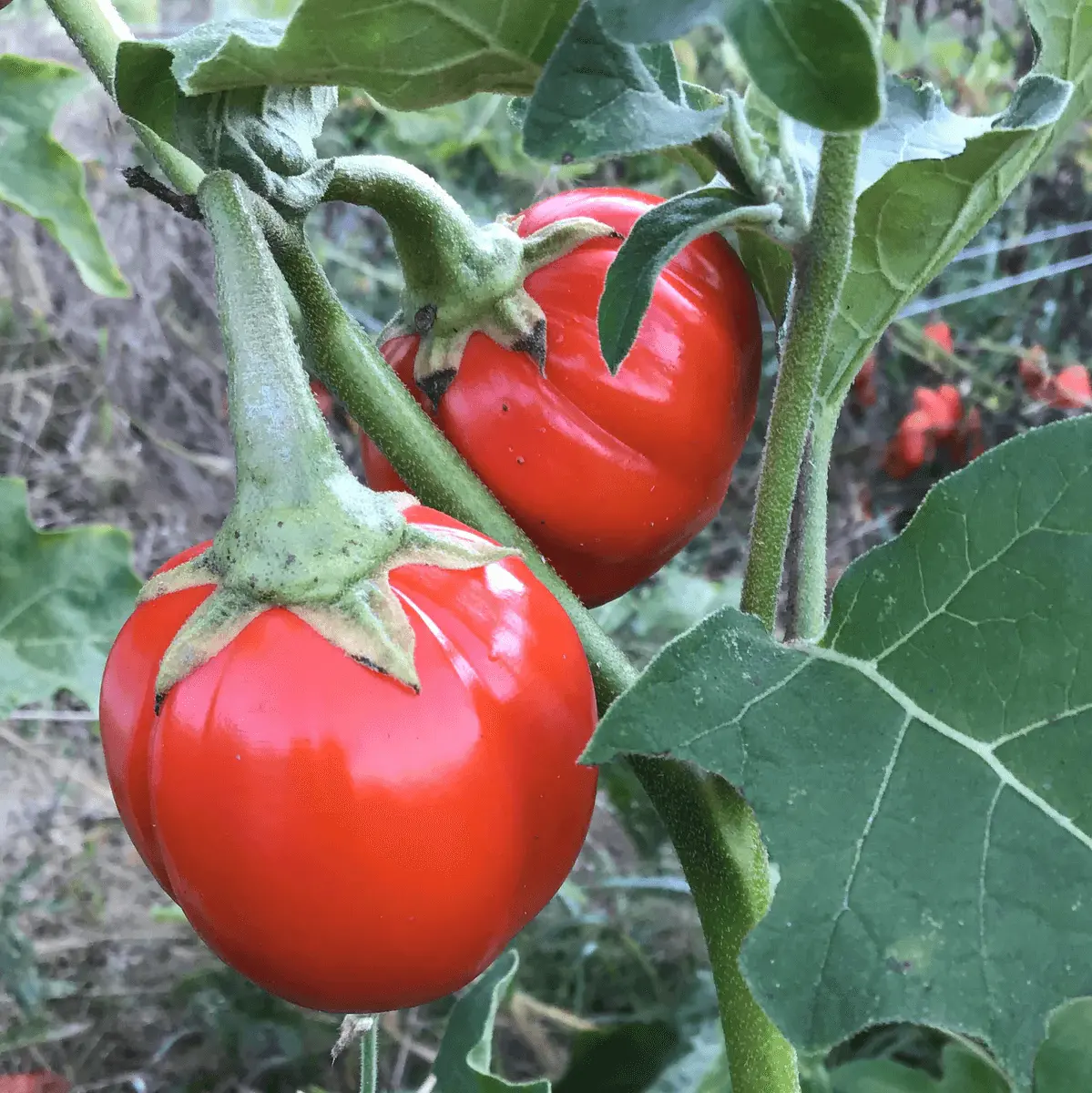
African Eggplant
The African eggplant (also known as garden egg, or Solanum aethiopicum) is a beautiful and nutritious plant that does very well in hot tropical places like parts of Africa and Asia. It bears small, round fruit that is red or orange when ripe but can also
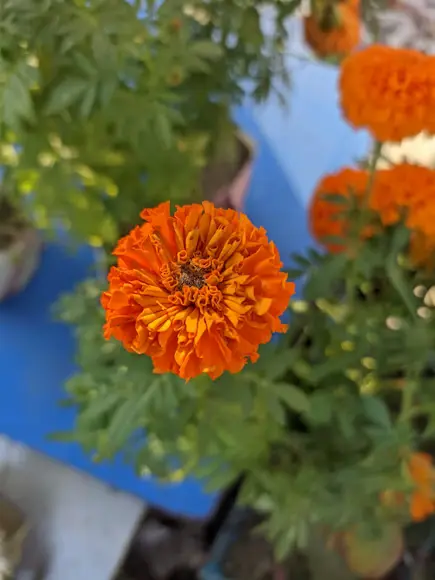
African Marigold
The African Marigold is a strong flower that is prevalent in many warm places around the globe. It is known for its big yellow, orange, or gold flowers, which are useful for gardens, borders, and cut flowers.

Bamboo
Bamboo is grown in various regions of the world and is a sustainable alternative to wood. One of the fastest-growing plants on Earth, some species of bamboo can grow up to 39.37 inches per day. People like it because it is incredibly strong, flexible, and
Alfalfa is mainly grown to feed animals like cows, horses, and sheep because it is rich in protein and other nutrients. Besides feeding animals, it is also helpful for the soil. Alfalfa’s roots go deep into the ground and pull up nutrients while fixing nitrogen. This helps the soil stay healthy and ready for other plants.
Alfalfa is a strong, useful plant grown for animals and soil health. It grows back year after year and gives many harvests in a season.
It is basically known to be a good animal feed, but the beneficial features of alfalfa go far beyond livestock feeding. Farmers and gardeners also regard Alfalfa for its long-term soil benefits, which lend themselves to sustainable farming practices simply by mixing the plants into composts or using them as eco-friendly mulch.
Alfalfa grows best when it has lots of sun and space to spread. Keep the soil loose and moist early on.
Alfalfa is tough and resists many problems, but wet soil can cause rot. Once established, Alfalfa can survive tough weather. Just make sure the soil drains well.
Though tiny, alfalfa seeds contain all the essentials for promoting strong, deep-rooted leafy growth. The seeds are light and easy to store, transport, handle, and sow, much like any other small, commonly cultivated seed, even in vast agricultural settings.
Alfalfa seeds germinate best when planted in warm, well-drained soil with light, consistent moisture. The ideal soil temperature is between 59°F–77°F. Seeds do not require soaking or pre-treatment, making them easy to direct sow in fields or garden beds.
Healthy alfalfa seeds can remain viable for several years if stored properly. These seeds are known for their strong germination potential, typically ranging between 80% to 90%, depending on the age and storage conditions. Seed vigor ensures that young seedlings establish quickly and grow into healthy, productive plants.
Choosing high-quality seeds and storing them properly ensures your planting efforts lead to strong, resilient crops year after year.
Alfalfa is typically propagated by direct seeding, which means planting the seeds straight into the ground—no need to start them indoors or use special equipment. This method makes alfalfa an easy crop for both beginners and experienced growers.
Planting alfalfa correctly helps it grow strong and last long. You don’t need much to plant alfalfa—just some space, light watering, and proper timing.
While alfalfa is generally a hardy and resilient crop, it still needs the right conditions and care to stay healthy throughout the growing season. With proper prevention, growers can avoid many of the most common issues that affect this valuable plant.
Common Issues:
Prevention Tips:
By following these strategies, growers can enjoy a vigorous and productive alfalfa crop with fewer setbacks from pests and disease.
Raising alfalfa from seed to a mature, productive crop is not difficult, but timing and management are crucial to realizing the full potential of your stand. Years after its establishment, this perennial legume will have a quick time of establishment as it grows into maturity in a few months and allows the farmer multiple harvests.
Germination and Early Growth:
When planted in warm, well-drained soil, alfalfa seeds begin to germinate within seven to 10 days. The young seedlings establish a deep taproot rapidly, which is the base for their drought tolerance for their entire life. For the first 6 to 8 weeks, the plant invests in building its root reserves, not the top growth — this is an important period if you are a nature lover with a long view.
First Harvest:
Alfalfa requires 60–70 days from planting to reach its first cutting stage under optimal conditions. Harvest occurs at just the right time of 10% bloom, lending the highest protein content and regrowing power!
Subsequent Harvests:
Established stands of alfalfa can be harvested 3 to 5 times during each growing season, depending on climate and stand management practices. So shut it down completely for about a month before you allow your vine to be stripped back of the leaves again. Do not mow too to the ground, always leave 2-3 inches of stubble in order to preserve the crown and promote regrowth.
Long-Term Production:
An established hill can remain productive a bare 4–7 years with proper care. Then rotating fields prevents soil depletion and decreases pest and disease buildup.
Proper storage plays a key role in preserving seed quality. Alfalfa seeds should be kept in cool, dry, and dark environments to prevent premature aging or damage from humidity. Even slight moisture can lower germination rates or cause fungal problems.
Label all stored seeds with the date and source to track viability over time. With the right care, your alfalfa seed stock can stay reliable and productive for multiple growing seasons.
Alfalfa is a fast-growing, deep-rooted plant that feeds animals and helps soil. It grows back every year and works well in many climates. With simple care and sunlight, you’ll enjoy strong, healthy plants that improve your land and livestock health.
Yes! Alfalfa can grow in home gardens or fields. It just needs sun and space.
Water more at first, but after roots grow deep, it needs less water.
Alfalfa grows in about 60 to 70 days from seed to harvest.
Mostly yes, but it also helps fix soil and stop erosion.
Yes! You can cut it several times in one growing season.

Patios, Walkways & Driveways

Pest Identification & Prevention
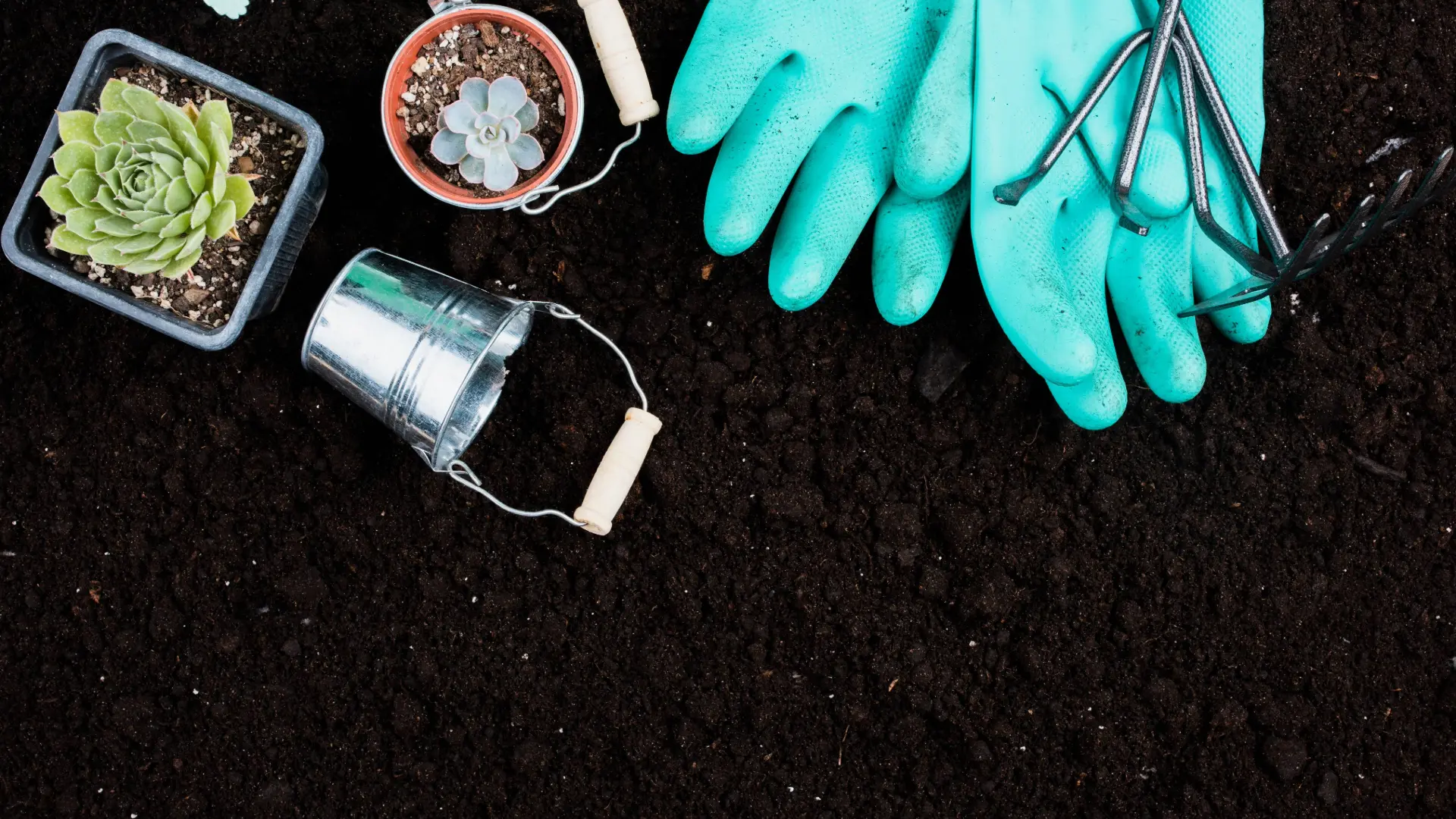
Soil Health & Fertilization
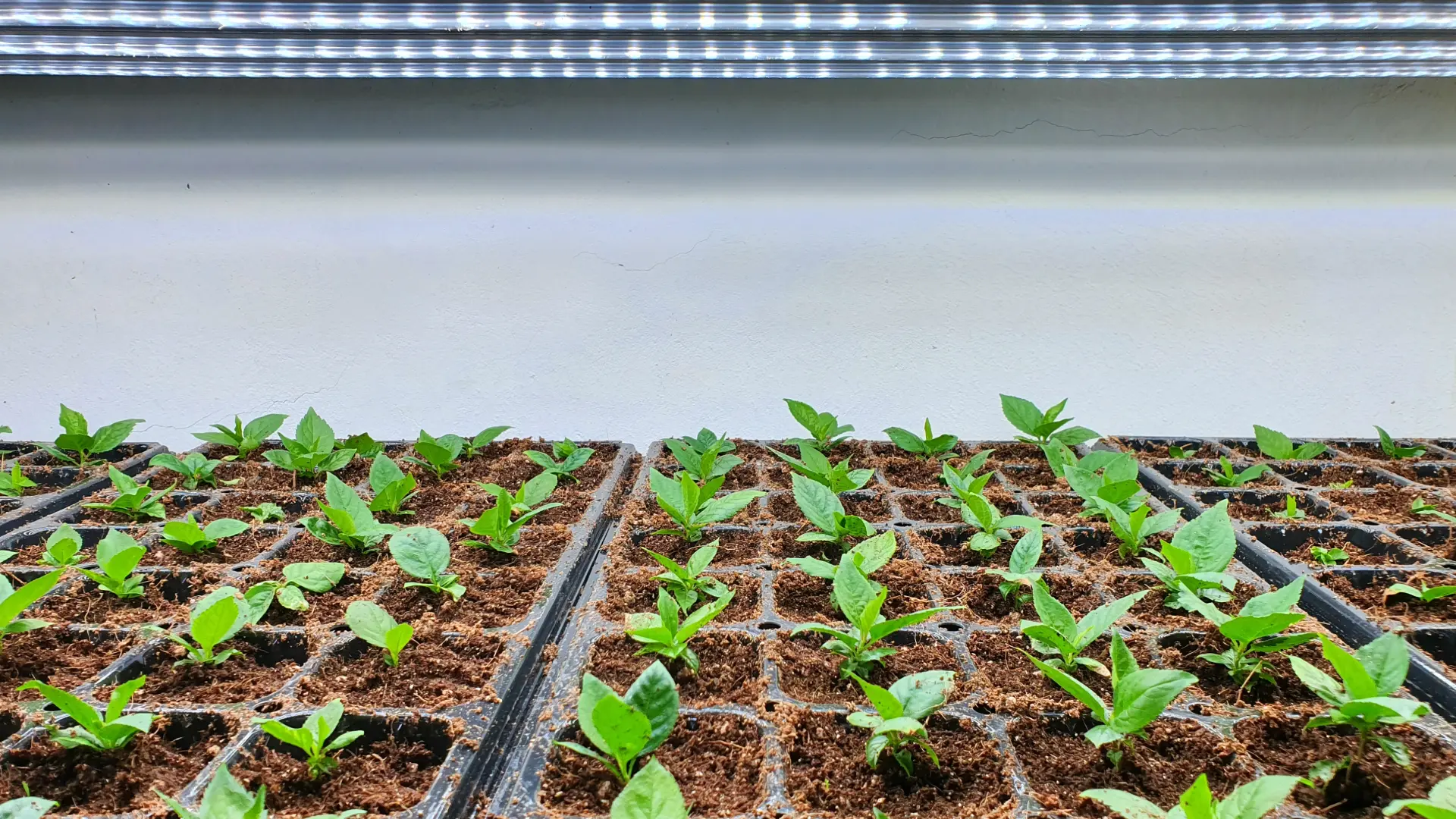
Lighting & Technique
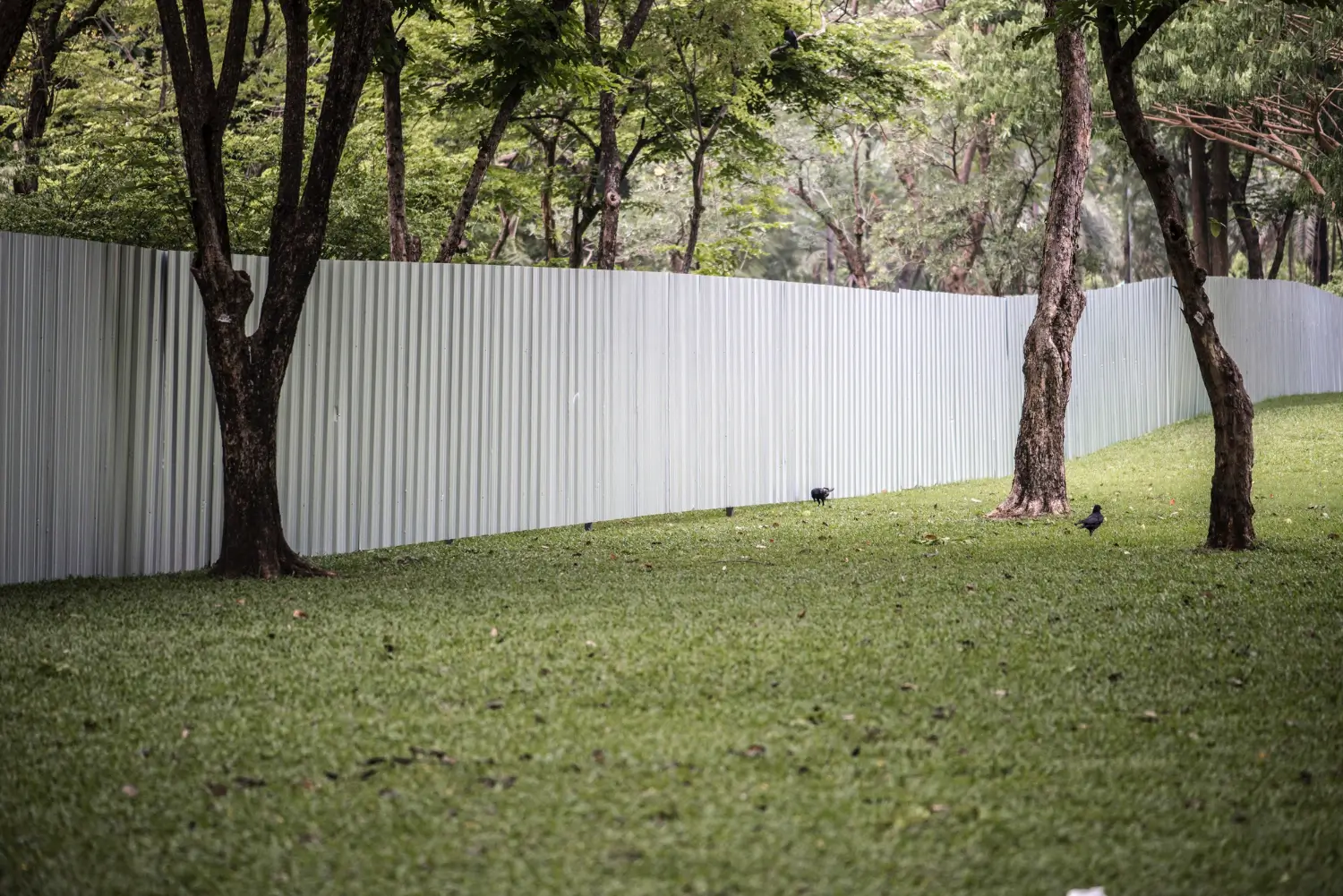
Construction Tips & Techniques

Maintenance & Equipment Tips

Soil Health & Fertilization

Organic Gardening